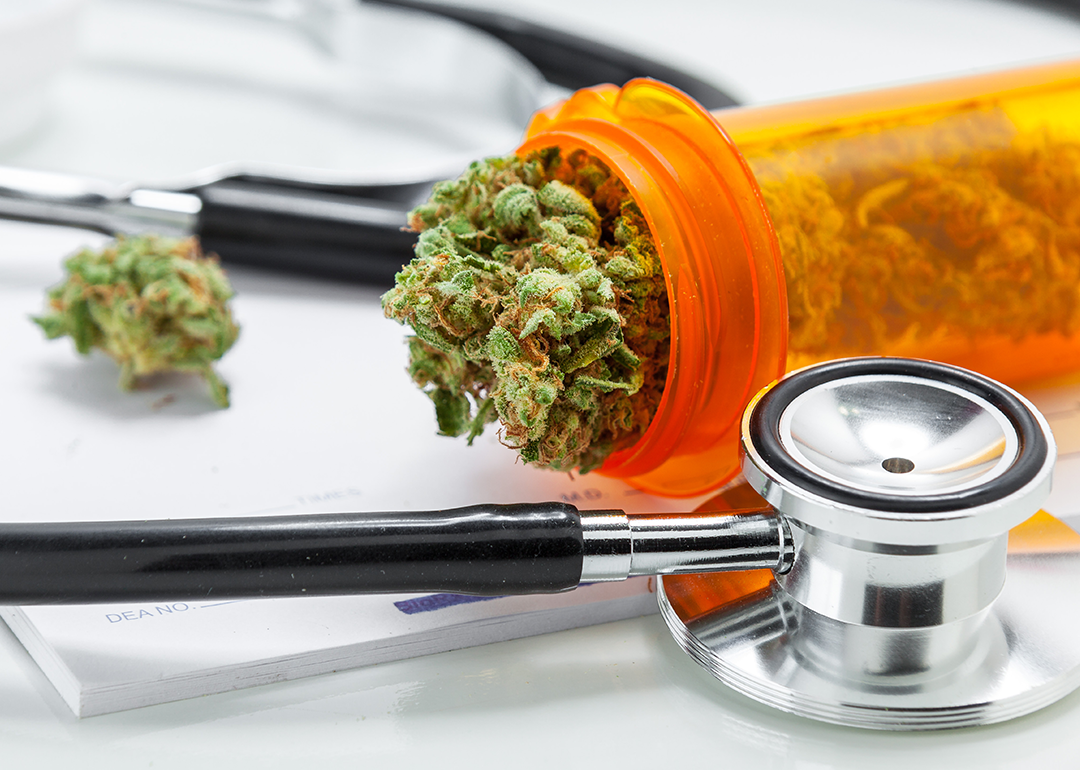After a decade of legal weed, here’s what Colorado has learned from its deep dive into cannabis
Ten years ago, Colorado voters took
a bold step, approving Amendment 64, making the state one of the first two in the nation to legalize the use and possession of cannabis for recreational purposes. Alongside Washington, Colorado led the way, sparking a revolution in attitudes toward marijuana that has since rippled across the nation. As we reflect on this pivotal moment, it’s fascinating to see how cannabis legalization has evolved and shaped our society. Today, 19 states and the District of Columbia have embraced recreational cannabis use, with five more states considering decriminalization this week. Let’s delve into some valuable lessons we’ve learned during this transformative decade.
1. Legalization and increased use, but not necessarily problems
The most significant concern raised by opponents of cannabis legalization was that it would lead to increased use and
a surge in societal problems. However, research from the University of Colorado (CU) suggests that while use has indeed increased, the feared negative consequences have not materialized. A study of over 3,400 adult twins found that residents of legalized states use marijuana 24% more frequently. Despite this, the research also indicated that increased use did not necessarily result in a rise in behavioral problems, debunking some of the initial fears.
Moreover, other studies revealed surprising benefits of cannabis legalization. For instance, several states that legalized marijuana witnessed a decline in opioid use and related deaths, pointing to the potential of cannabis as a harm-reduction strategy for more dangerous substances.
2. Health risks, particularly for certain groups
While cannabis legalization has brought about various advantages, it is essential to acknowledge that risks do exist, especially for specific demographics. Research indicates that heavy cannabis use during adolescence and young adulthood, a crucial period of brain development, can be problematic. Angela Bryan, a professor of psychology and neuroscience at CU Boulder, emphasizes the importance of avoiding heavy cannabis use during brain development stages.
Studies have also highlighted potential risks for pregnant women and heavy cannabis users among teens. Pregnant women using marijuana may increase their children’s risk of sleep problems later in life. Similarly, heavy cannabis use during teenage years might lead to sleep problems in adulthood.
3. Measurable health benefits
The legalization of cannabis has not only opened the doors to increased use but has also paved the way for research into its potential health benefits. Angela Bryan and her team at CU Boulder have been conducting innovative research using mobile laboratories to study the impact of commercially available cannabis products on human health. Their findings have shown promising benefits for individuals suffering from chronic pain, anxiety, and cancer patients.
Additionally, the combination of cannabidiol (CBD) with delta-9-tetrahydro-cannabinol (THC) has been identified as potentially providing therapeutic benefits without significant side effects. This discovery opens new possibilities for medical cannabis use, leading to further investigations and breakthroughs in the field.
4. Quality over quantity: Less potency may be better
As the cannabis industry evolves, some products have been developed with increasingly high levels of THC, the psychoactive component of cannabis. Surprisingly, research from CU Boulder indicates that while high-potency marijuana concentrates may increase THC levels in the blood, they might not necessarily lead to a stronger high for recreational users. Furthermore, using such potent products may pose long-term adverse side effects and health risks.
This insight prompts the industry to consider quality over quantity, focusing on producing cannabis products with balanced chemical profiles to deliver therapeutic benefits without excessive intoxication.
5. Users defy stereotypes
Contrary to the popular stereotype
of the lazy, inactive “stoner,” research reveals that cannabis users are more likely to meet exercise recommendations and have better insulin function. A survey conducted by CU Boulder found that 80% of cannabis users mix marijuana with exercise, with many reporting increased enjoyment and improved recovery. The potential anti-inflammatory and analgesic properties of cannabinoids might be a driving force behind these positive effects, encouraging researchers to explore the cannabis-exercise link further.
6. The need for transparent labeling
As the cannabis market matures, consumers require accurate information about the products they purchase. However, recent research has revealed that labeling in the industry can be misleading. Terms like indica, sativa, and hybrid have been used to differentiate cannabis strains, but they often fail to accurately represent the product’s chemical com-position. This lack of consistency can confuse consumers and hinder informed decision-making.
Advocating for a cannabis labeling system akin to the Food and Drug Administration’s nutrition facts panel for food, researchers call for transparency and standardized information to empower consumers and promote safer use.
7. Untapped potential
Despite the remarkable progress made in cannabis research over the past decade, experts agree that we are only scratching the surface. The cannabis plant’s chemical complexity offers numerous possibilities for medical and recreational use. Ongoing studies and discoveries are likely to uncover even more beneficial compounds and innovative applications.
The last ten years have provided a glimpse into the fascinating world of cannabis and its potential to positively impact our lives. While risks do exist, legalization has opened doors to invaluable research and surprising health benefits. As the cannabis industry continues to grow, it must prioritize safety, transparency, and consumer education to fully realize the potential of this ancient plant.
The journey of cannabis legalization is far from over, and as more states consider joining the movement, it will be essential to learn from the past, embrace scientific discoveries, and move toward a future
of informed cannabis use and research. The once-underground endeavor is now flourishing, paving the way for exciting breakthroughs that may shape the future of medicine, wellness, and recreation.













